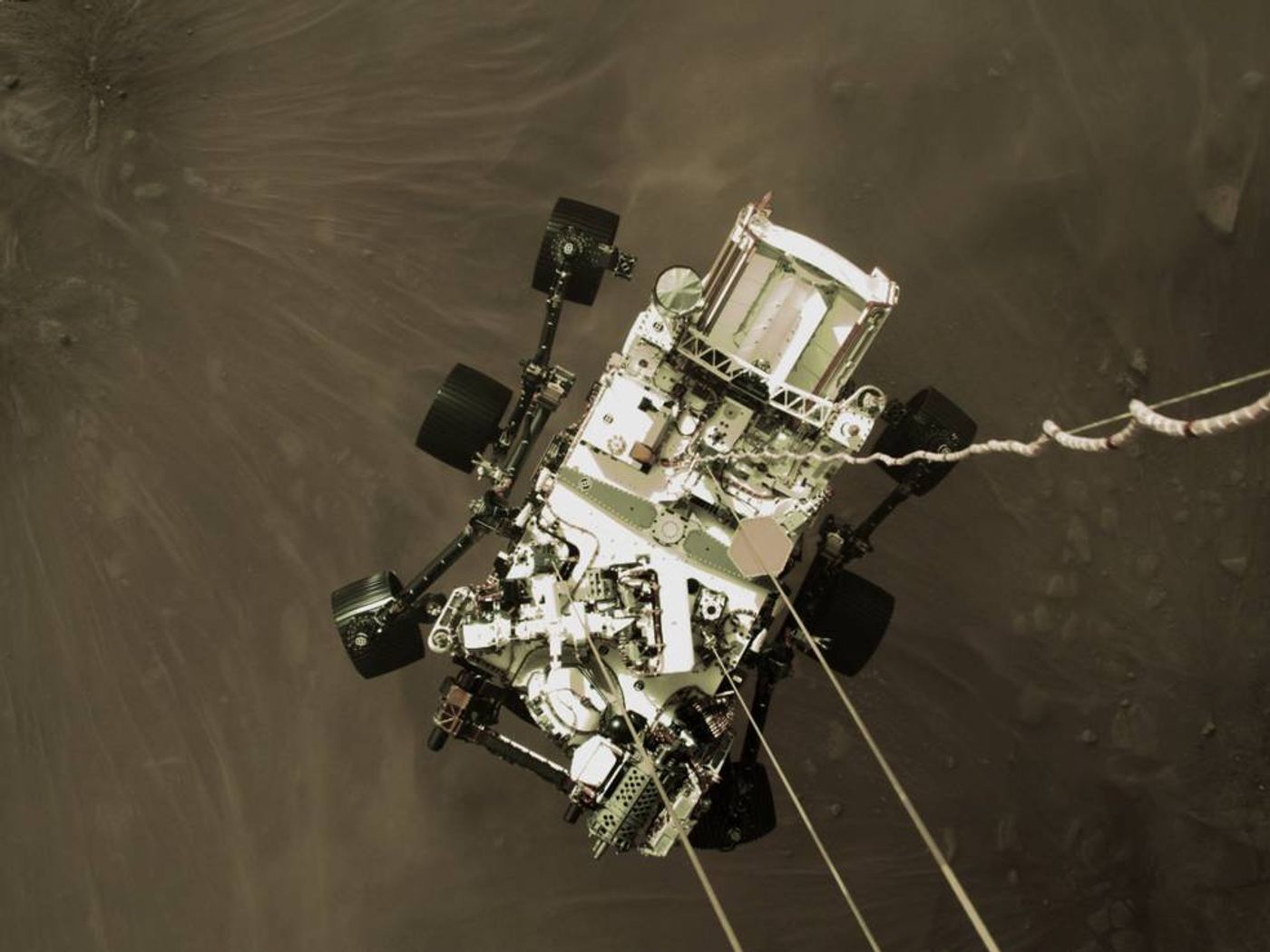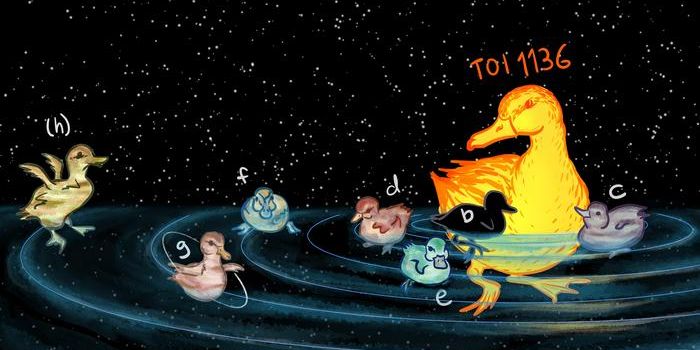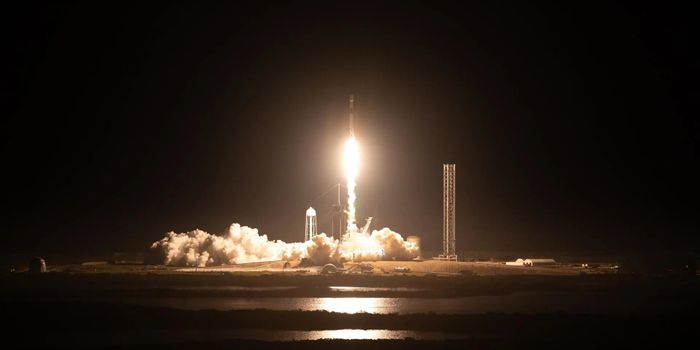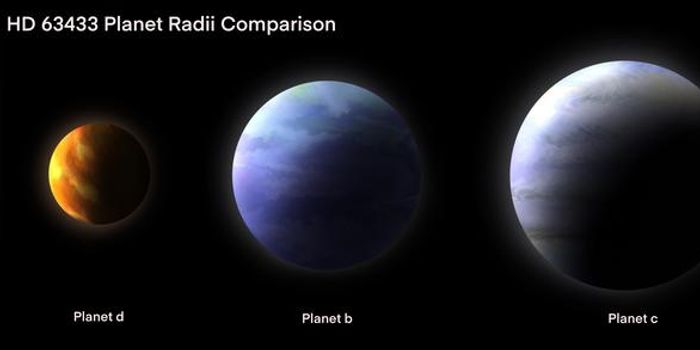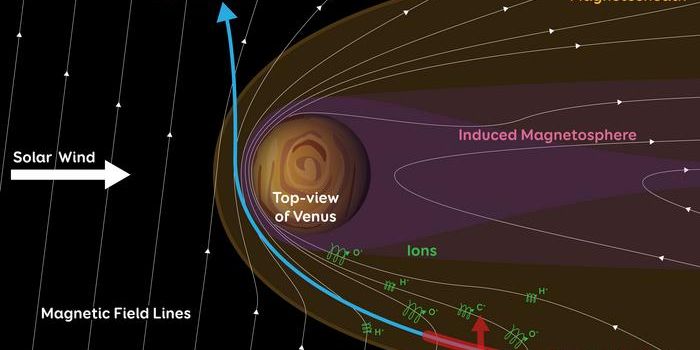Mars: A History of Wonder
Mars, the fourth planet from our Sun. The Red Planet. From time immemorial, we have gazed at it in wonder and dreamed about what kinds of life we might find there, and also what it would be like to actually live there. But what we once thought was a lush paradise actually turned out to be a dry, desert world completely devoid of life. We have sent countless spacecraft and landers to explore and study it, but we have yet to find a single trace of present-day life anywhere on its surface. Despite this, Mars continues to captivate us. It continues to make us dream of the endless possibilities for life beyond Earth. But why have we been fascinated with Mars for so long, and continue to be fascinated by it? Why do we continue to dream about finding life there, and eventually sending humans there? Maybe it’s as simple as it’s the closest planetary body we can study that mirrors Earth, even in only a few ways. Whatever the reasons, Mars has us hooked, and here we will explore the fascinating history behind our fascination with the Red Planet.
Ancient Rome
Our fascination with Mars began in ancient Rome, who gave it the name Mars for their god of war because its reddish color was reminiscent of blood. Along with being the god of war, he was also an agricultural guardian, which was a combination characteristic of early Rome. He was believed to be the son of Jupiter and Juno and was the most prominent of the military gods in the religion of the Roman army.
Ptolemy and the Earth-Centered Model
Claudius Ptolemy was a Greek mathematician, astronomer, astrologer, geographer, and music theorist, and lived from 100 AD to 170 AD as a member of the Roman Empire. Ptolemy was responsible for modeling the retrograde motion of Mars, meaning at times it slows down and moves backwards before resuming its course, a phenomenon that had been known to the ancient Egyptians as far back as ~1500 BC. Ptolemy’s model called for the use of epicycles to explain this phenomenon, putting the Earth at the center of the universe, which ultimately became known as the geocentric model of the universe. This model would not be officially debunked until the 16th Century when astronomers Nicolaus Copernicus and Tycho Brahe would successfully demonstrate that the planets orbit the Sun, not the Earth.
Percival Lowell
While Mars has been observed since the time of the ancient Egyptians, it didn’t become a true cultural phenomenon until the late 19th Century. A wealthy American diplomat named Percival Lowell began observing the Red Planet from a private observatory that he built in Flagstaff, Arizona called Lowell Observatory, and claimed to see “canals” on its surface. The word “canals” was actually mis-translated into English after Italian astronomer, Giovanni Schiaparelli, noticed channels on Mars in 1877 and called them “canali”. While the word “canali” actually means channels, he made no reference to intelligent design. Because of the recent completion of the Suez Canal in 1869, this eventual mistranslation by Lowell would spark decades of cultural obsession with the Red Planet.
Born into wealth in 1855 and eventually graduating from Harvard in 1876 with distinction in mathematics, Percival Lowell spent the 1880s traveling in the Far East, spending part of his time as a counselor and foreign secretary to the Korean Special Mission to the United States. Upon returning to the United States in 1893, Lowell read the book La planète Mars by French astronomer, Camille Flamarion, while later hearing about Schiaparelli’s channels on Mars. these combined experiences sparked a fire in Lowell, and he proceeded to use his wealth and influence to build what would become the Lowell Observatory in Flagstaff, Arizona. From 1893 to 1908, Lowell studied Mars extensively and made intricate drawings of the surface as he perceived it. He published several books during this time: Mars (1895), Mars and Its Canals (1906), and Mars As the Abode of Life (1908), while sharing his alleged findings of intelligent beings on Mars with the press.
Lowell’s findings would be discredited almost as quickly as he rose to fame, as his canals could not be observed by other scientists. His findings could not be duplicated, nor could astronomers find any sign of intelligent life, or life in any form. It was deduced that the Martian atmosphere was too thin, and the gravity was too low. Despite this, and even after his death in 1916, Mars fever was here to stay in the United States. In the decades that followed, countless fictional works were made involving Mars, most notably in 1938 with the Orson Welles’ radio drama War of the Worlds, which actually caused innocent listeners to believe Earth was actually being invaded by Martians!
Mariner
While Lowell’s findings had long been discredited by other astronomers, it wasn’t until NASA’s Mariner 4 flyby of Mars in 1965 that Lowell’s canal-like features he allegedly observed were finally disproved. Making its closest approach on July 15, 1965, Mariner 4 was responsible for taking the first photos of another planet from space. But instead of seeing the lush, green landscapes that Lowell had proudly described to the press and his many fans, Mariner 4 sent back images of a desolate and heavily-cratered surface that could have easily been mistaken for our own Moon. Lowell’s dream of a living Mars was officially dead. Despite these disappointing results, the urge to find life on Mars was higher than ever. NASA would send three more Mariner spacecraft (Mariner 6, 7 and 9), to the Red Planet, with Mariner 9 paving the way for the Viking landings.
Viking Project
Following the success of the Mariner missions, NASA’s Viking Project became the first U.S. mission to land a spacecraft safely on Mars in 1976 and return images of the surface. The project consisted of two orbiters and landers, with each lander ultimately touching down on two separate areas on Mars. Along with taking countless photos of the Martian surface, each lander was equipped with three biology experiments designed to look for signs of life. While these experiments discovered unexpected activity within the Martian soil—also called regolith—they ultimately did not provide clear evidence of microorganisms near their respective landing sites.
Pathfinder and Further Exploration
NASA would not land another spacecraft on the surface Mars until 1997 with the Pathfinder mission and its Sojourner rover. While Sojourner only explored its surroundings for four months, this mission ushered in a new era of planetary surface exploration in the coming decades. In 2004, the rovers Spirit and Opportunity successfully land on Mars as part of NASA’s Mars Exploration Rover Missions. These two rovers far exceeded their initial lifespans and discovered that Mars possessed a much warmer and wetter climate in its ancient past. While these little rovers traverse the Martian surface, NASA’s Phoenix Lander touched down near the Martian north pole in 2008 and confirmed the existence of Martian water near the surface. The year 2012 marked a massive leap forward in Martian surface exploration, as NASA’s Curiosity Rover landed in Gale Crater and its operations continue to this day. In 2018, NASA’s InSight mission successfully landed on Mars to study its interior and seismic activity. All of the science and engineering learned from these missions led to the ultimate rover landing on Mars, as NASA’s Perseverance Rover successfully touched down in Jezero Crater in February 2021, which was also equipped with the first helicopter on another planet.
Conclusion
Mars has beckoned our fascination ever since the time of the Ancient Egyptians, and that fascination continues to this very day. Throughout the centuries, this small red dot in the night sky has helped shaped our understanding of the cosmos and our place in the universe. Are we fascinated by it because it’s right next door, or is there another innate drive within us? Carl Sagan once said, “Exploration is in our nature. We began as wanderers, and we are wanderers still. We have lingered long enough on the shores of the cosmic ocean. We are ready at last to set sail for the stars.” Our fascination with Mars continues to burn bright. To the stars, and to Mars, we shall continue to go.
Sources: NASA Solar System Exploration, Britannica (1), arXiv, Galileo and Einstein, NASA Mars Exploration, Space.com (1), NASA (1), Britannica (2), Zientzia.eus, Web.archive.org, Space.com (2), Popular Mechanics, NASA JPL, NASA Space Science Data Coordinated Archive, NASA Mars Exploration Program, CNN (1), Mars Exploration Rovers, NASA (2), CNN (2), CNN (3), CNN (4)







